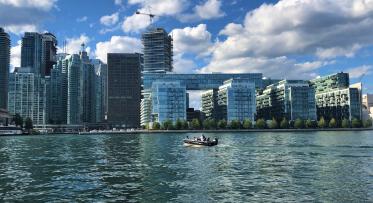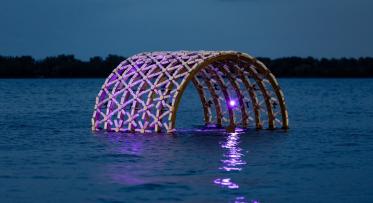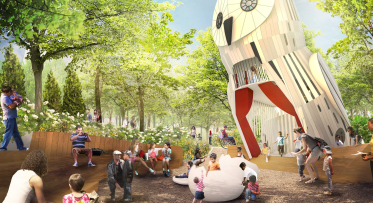Native Plants Make Healthy Ecosystems in Toronto’s Urban Wilderness
Extensive planting of native trees, shrubs, wildflowers and grasses has played a crucial role in turning this man-made peninsula into an essential piece of our city's wildlife habitat.
POSTED: AUGUST 21, 2014
BY: NATALIE RACETTE, TORONTO AND REGION CONSERVATION (GUEST CONTRIBUTOR)
Tommy Thompson Park is our getaway from the city, right in the city. It’s a multi-faceted green space that appeals to many different types of users. While cyclists ride the main road, free from the pressures of cars, pedestrians enjoy strolling along the gravel paths, taking in the vistas of Lake Ontario. There are also birding enthusiasts grasping their binoculars, eager for a glimpse of an elusive Scarlet Tanager and anglers gripping their fishing rod, poised for the next nibble from a largemouth bass. Notwithstanding the human and wildlife virtues of the park, there is a layer of the park that is sometimes overlooked - plants.
Located on the Toronto waterfront, Tommy Thompson Park is one of the most unique manmade landforms in North America. Its singularity is in part due to the mosaic of habitats, created and managed by Toronto and Region Conservation (TRCA). Mature Eastern cottonwood forests, native wildflower meadows and restored coastal wetlands support many of the recreational activities at the park. But lesser known habitats like sand dunes, savannahs and native cultural thickets add to the biodiversity of Tommy Thompson Park. Built from rubble and clean fill, aquatic and terrestrial habitats have been created from virtually nothing. Habitat creation and enhancement methods employ the principles of conservation design, that is, the purposeful act of designing for a diversity of natural habitats while combining natural succession principles to create productive areas. In applying these principles, TRCA is able to restore robust and sustainable ecosystems that would otherwise not have existed.

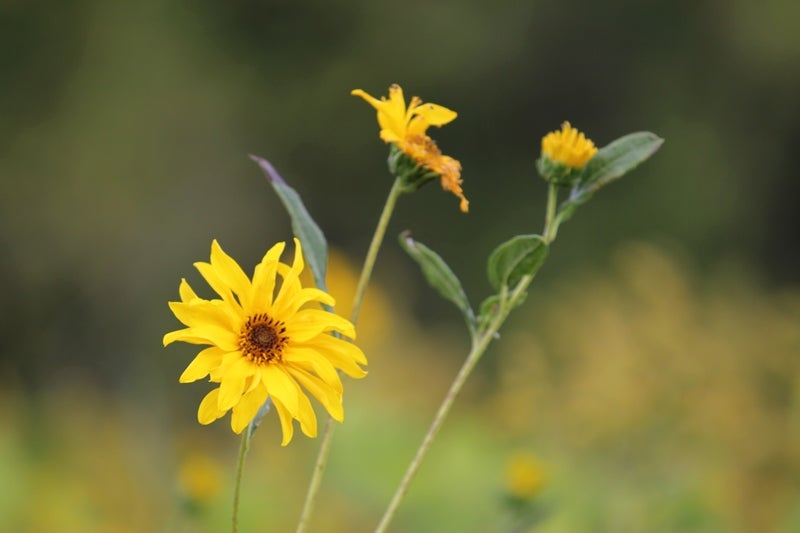
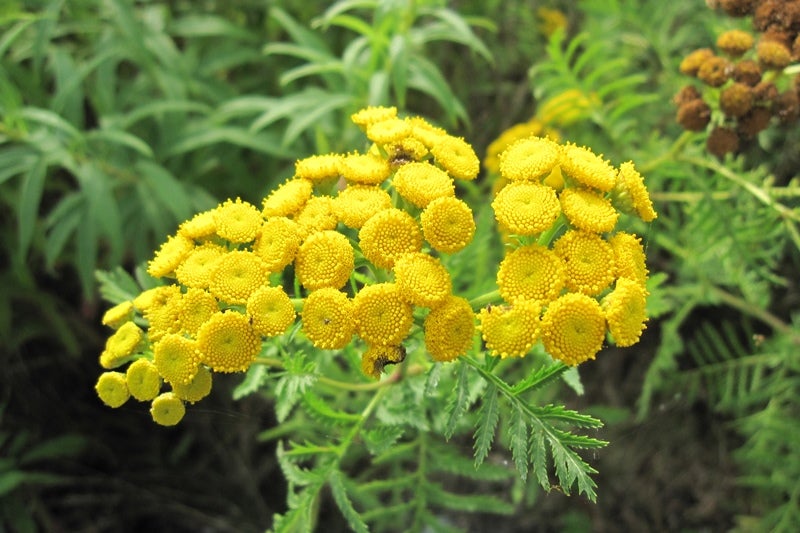
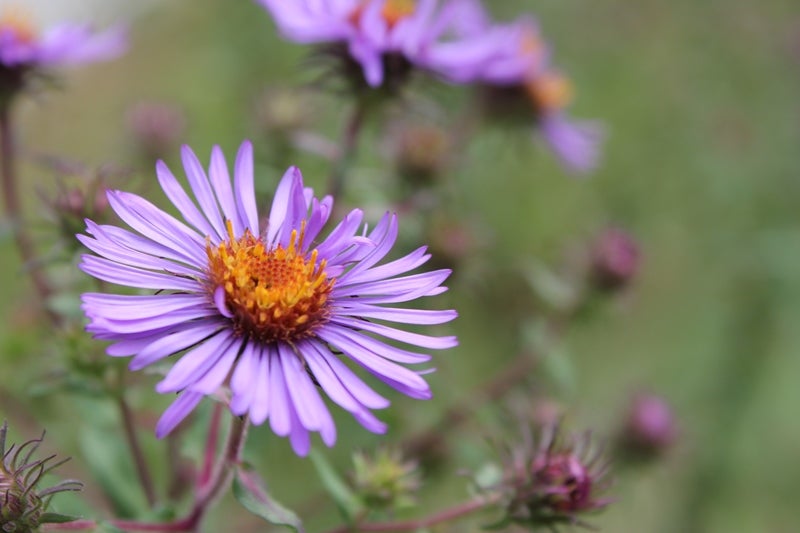
Some of the wildflowers found at Tommy Thompson Park. Clockwise from top left: Goldenrod (with monarch butterfly), Coreopsis, New England Aster and Tansy.
Native plants are essential to all successful restoration projects. Because they have evolved to adapt to the local climate and soils of our region, they are well suited to meet the needs of native wildlife. Native plants contribute to the functions of a healthy ecosystem by providing valuable sources of food and shelter. They are especially important for beneficial insects like butterflies and other pollinators that rely on native plants for nectar, pollen and shelter. Since 2009, over 20,000 native trees and shrubs have been planted at Tommy Thompson Park. Through various programs, such as the Aquatic Plants Program, corporate and community volunteer events and generous funding from partners like Waterfront Toronto, more than 60,000 native aquatic plants and 7,000 herbaceous wildflowers and native grasses have been planted.
Guided by the Master Plan for the park, the main goals at Tommy Thompson Park are to preserve significant species; protect environmentally significant areas; enhance aquatic and terrestrial habitat; and enhance public recreational opportunities. We hope you enjoy your next visit to Toronto’s Urban Wilderness. While there please remember to stay on the trails and don’t forget to enjoy the park’s amazing plant communities!
About the author:
Natalie Racette is a Project Assistant for the Restoration and Environmental Monitoring group with Toronto and Region Conservation. She started her career in 2008, planting trees, participating in wetland restoration projects and monitoring flora and fauna. Now, when she's not busy coordinating the Spring Bird Festival, the Butterfly Festival or other special events happening at Tommy Thompson Park, she assists in the planning and promotion of habitat restoration work throughout the GTA. Natalie vividly remembers her first visit to the park, a few years before joining the TRCA. It was a perfect summer day, where the waters of Lake Ontario melted into the clear blue sky in the horizon. Even then, she knew that there was something special about this unique wilderness sanctuary.

